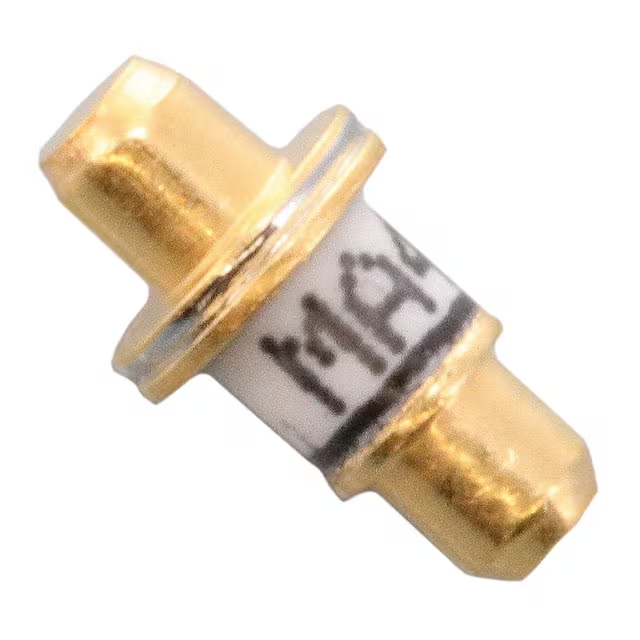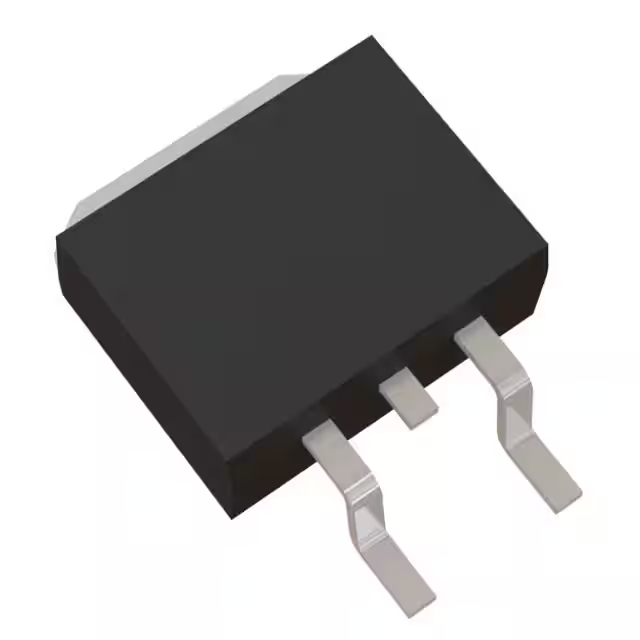BAV99LT1G | Datasheet | On Semiconductor | SOT-23
- Spannung-DCReverse(Vr)(Max): 100 V
- Stromdurchschnitt gleichgerichtet (Io) (pro Diode): 215 mA (Gleichstrom)
- Vorwärtsspannung (Vf)(Max)@If: 1,25 V bei 150 mA
- Paket: TO-236-3, SC-59, SOT-23-3

KOSTENLOSE Lieferung für Bestellungen über HK$250.00

Schnelle Reaktion, schnelles Angebot

Blitzversand, keine Sorgen nach dem Verkauf

Originalkanal, Garantie der authentischen Produkte
{1120} BAV99 Series connected SMD diode pair
This diode array packs two fast-switching diodes into a tiny SOT-23 package, handy for tight spaces. It switches quickly, with just 4 ns reverse recovery time—ideal for high-frequency circuits. Leakage current stays very low (below 25 nA), so it’s perfect for low-power designs or precise signal handling. It handles up to 70 V reverse voltage and 215 mA forward current, with about a 1.0 V drop at 100 mA. Plus, built-in ESD protection helps safeguard sensitive digital or analog parts, making it a great choice for reliable, compact, and efficient circuit designs.
BAV99LT1G Pinout

| PIN-Nummer | Pin-Name | Beschreibung |
|---|---|---|
| 1 | A (Anode) | Anode of the diode |
| 2 | K (Cathode) | Cathode of the diode |
| 3 | A (Anode) | Anode of the second diode |
The BAV99LT1G diode array has two diodes inside, connected in series. Pin 1 is the first diode’s anode, pin 2 is the shared cathode in the middle, and pin 3 is the second diode’s anode. Make sure to connect these pins correctly—mixing them up can mess up your circuit. Don’t exceed the maximum ratings (70V reverse voltage, 215mA forward current), especially at the common cathode pin. Keep static electricity away when soldering, and leave enough PCB space for cooling. Good layout helps the diode perform reliably and last longer.
BAV99LT1G Equivalent

| Parameter | BAV99LT1G (Original) | BAV99W,115 | BAV99-7 | BAV99_R1_00001 | MMBD4148SE | BAV70.215 |
|---|---|---|---|---|---|---|
| Hersteller | ON Semiconductor | Nexperia | Dioden | Panjit | ON Semi | Nexperia |
| Paket | SOT-23 | SOT-23 | SOT-23 | SOT-23 | SOT-23 | SOT-23 |
| Max Reverse Voltage (VR) | 100 V | 100 V | 100 V | 100 V | 100 V | 100 V |
| Max Forward Current (IF) | 215 mA | 215 mA | 215 mA | 215 mA | 200 mA | 215 mA |
| Forward Voltage Drop (VF @ IF) | 1.25 V @150 mA | 1.0 V @50 mA | 1.0 V @50 mA | 1.0 V @50 mA | 1.0 V @50 mA | 1.0 V @50 mA |
| Reverse Recovery Time (trr) | 6 ns | 4 ns | 4 ns | 4 ns | 4 ns | 4 ns |
| Feature Advantages | General-purpose high-speed switching | Faster switching speed | Wide compatibility | Kostengünstig | High-speed switching | Common cathode configuration |
When replacing your BAV99LT1G diode, here’s a quick rundown:
BAV99W,115 (Nexperia): Has a lower forward voltage and faster switching, good if your circuit needs higher efficiency and speed. Check performance carefully after swapping.
BAV99-7 (Diodes): A straightforward replacement with faster recovery, perfect for high-frequency use. Just verify signal integrity afterward.
BAV99_R1_00001 (Panjit): Similar specs but usually cheaper; minor performance differences possible, so run tests to confirm stability.
MMBD4148SE (ON Semi): Slightly lower max current (200mA), ideal for small loads or fast-switching circuits—watch current limits closely.
BAV70,215 (Nexperia): Has a common-cathode layout, double-check polarity matches your circuit to avoid wiring issues.
BAV99LT1G Diode Clamp Circuit Example

Here’s how the RF input protection circuit works: two diodes (like BAV99LT1G) placed back-to-back clamp voltage spikes from signals like static discharge. When signals exceed about ±0.7 to 1V, these diodes conduct instantly, diverting harmful surges safely to ground and protecting sensitive RF amplifiers or chips behind them. During normal operation, these diodes stay off and won’t affect your signal. Keep them close to the amplifier input, ensure ground paths are short and wide, and confirm voltage/current limits (max 100V, 215mA for BAV99LT1G). Their fast switching, tiny size, and low capacitance make them ideal for RF circuits.
BAV99LT1G ESD Protection Application
The BAV99LT1G diode array is great for protecting your circuits against ESD (static discharge). It uses two diodes arranged back-to-back to clamp voltage spikes safely to ground. Normally, these diodes stay off and won’t affect your signals. But when a sudden high-voltage spike hits—like static electricity—they instantly conduct, diverting harmful energy away and keeping sensitive chips safe. Its fast response (just 4-6ns), low capacitance, and tiny SOT-23 size make it perfect for protecting USB, HDMI, Ethernet, RF lines, or microcontroller pins. Just place it close to the protected device and ensure good grounding for best results.
BAV99LT1G Switching Diode Circuit

When you’re working with an RF input coming straight from an antenna, it’s essential to protect your amplifier from sudden voltage spikes. That’s where the BAV99LT1G diode array comes in. Imagine it as your safety valve—it has two diodes connected in series, working together with an 8.2nH inductor right at the input. These diodes quickly clamp down on any voltage spikes caused by things like static electricity, directing the excess safely to ground.
After this diode-inductor protection stage, your clean RF signal moves through a small 100pF capacitor into the RF amplifier. The amplified signal then passes through a matching network consisting of a 68nH inductor and another 100pF capacitor. This setup ensures your output signal (RF out) is stable and clear.
Don’t overlook the bypass capacitors (1uF, 1200pF, and 100pF) at the amplifier’s power supply—they stabilize the voltage and keep noise out, letting your amplifier perform at its best.
BAV99LT1G In High-Speed Digital Circuits
In high-speed digital circuits, you’re likely to encounter issues like static discharge, voltage spikes, and transient interference. The BAV99LT1G diode array is a handy tool to tackle these problems, thanks to its fast switching (under 4ns), ultra-low capacitance (below 2pF), and compact dual-diode structure.
This diode quickly clamps voltage spikes, making it perfect for protecting sensitive inputs on USB, HDMI, or Ethernet lines. It keeps voltage within safe limits, safeguarding your ICs and preventing damage. Plus, it helps maintain clean signal shapes by minimizing overshoot and undershoot in fast digital signals.
When you’re placing the BAV99LT1G on your PCB, position it as close to the device it’s protecting as possible. Be mindful of its small capacitance impact, especially in super high-speed applications, and pair it with a suitable resistor to prevent excessive currents. This approach keeps your circuits safe and your signals clear.
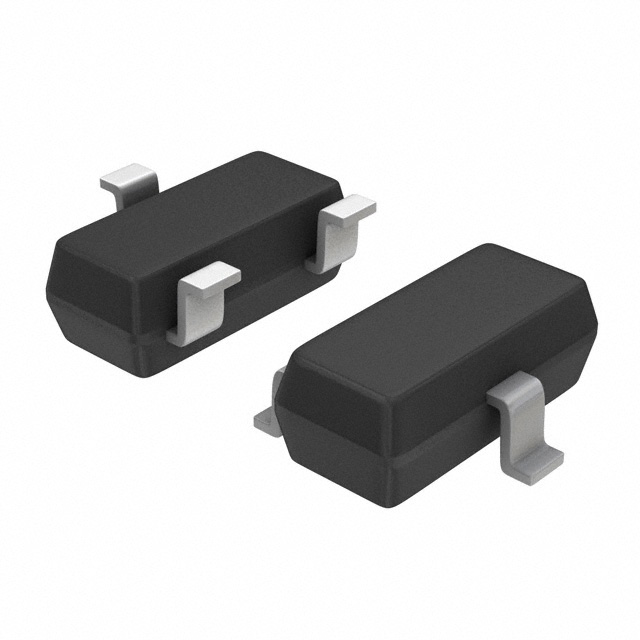


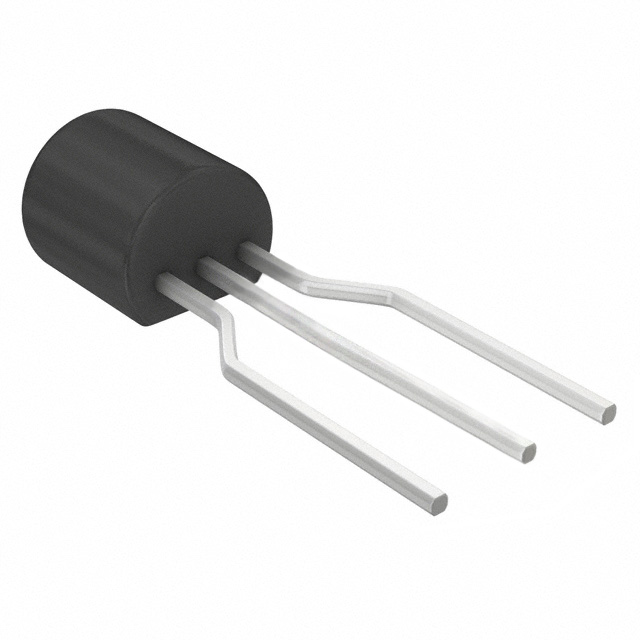

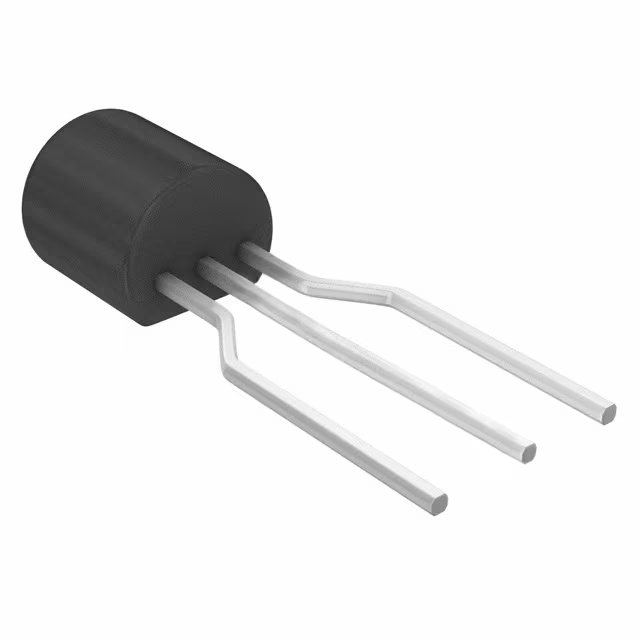

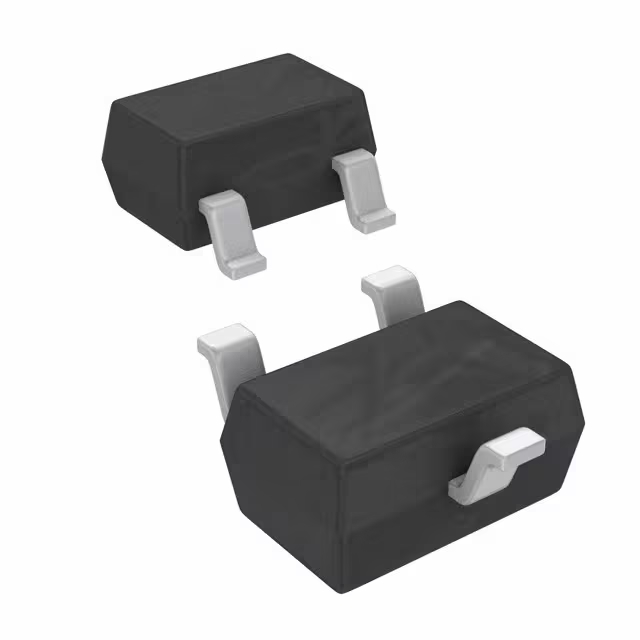
xxx-xxIO1.jpg)
